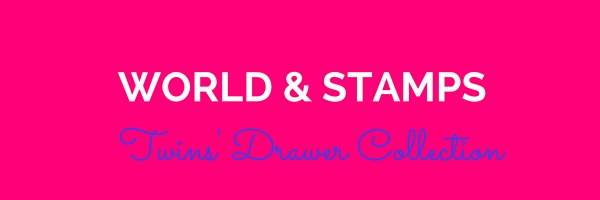Theme: People/ doctor
Country: Poland
Design: V. Rostoka, F. Horniak, A. Sancewicz
Year: 2016
The stamp was issued to commemorate the 450th birthday anniversary of
Johannes Jessenius/ Jan Jessenius - philosopher, physician and
politician.
Jessenius was born to a noble family on Dec. 27, 1566 in Wroclaw, Poland. He studied in Wittenberg, Leipzig (Germany) and in Padva (Italy).
At
first, Jessenius worked as a physician in Wroclaw. Later he became
personal doctor of prince Wilhelm in Dresden and was anatomy, surgery
and botany professor at the Wittenberg university.
When in Prague (1600), he carried out the first ever autopsy in that part of the world.
Jessenius'
professional career developed steadily - he was personal physician of
king Matthias (king of Bohemia); in 1616 the scientist was elected rector of Prague university. At that time Jessenius started his interest
in politics. As a result of the political involvement, Jessenius was
imprisoned, and finally, executed on June 21, 1621. His head was buried
beneath the flooring of Church of Our Lady before Týn (Prague).









